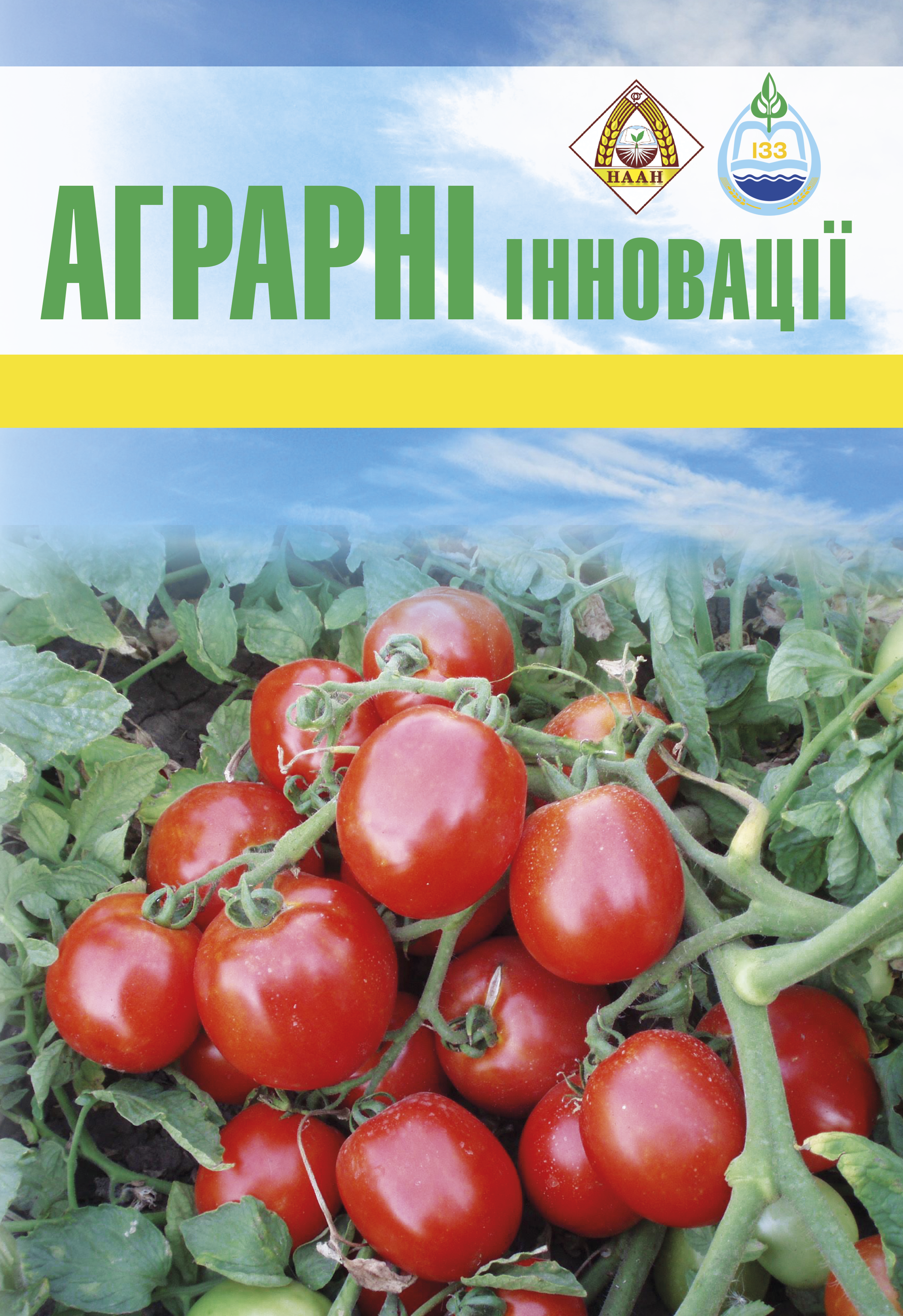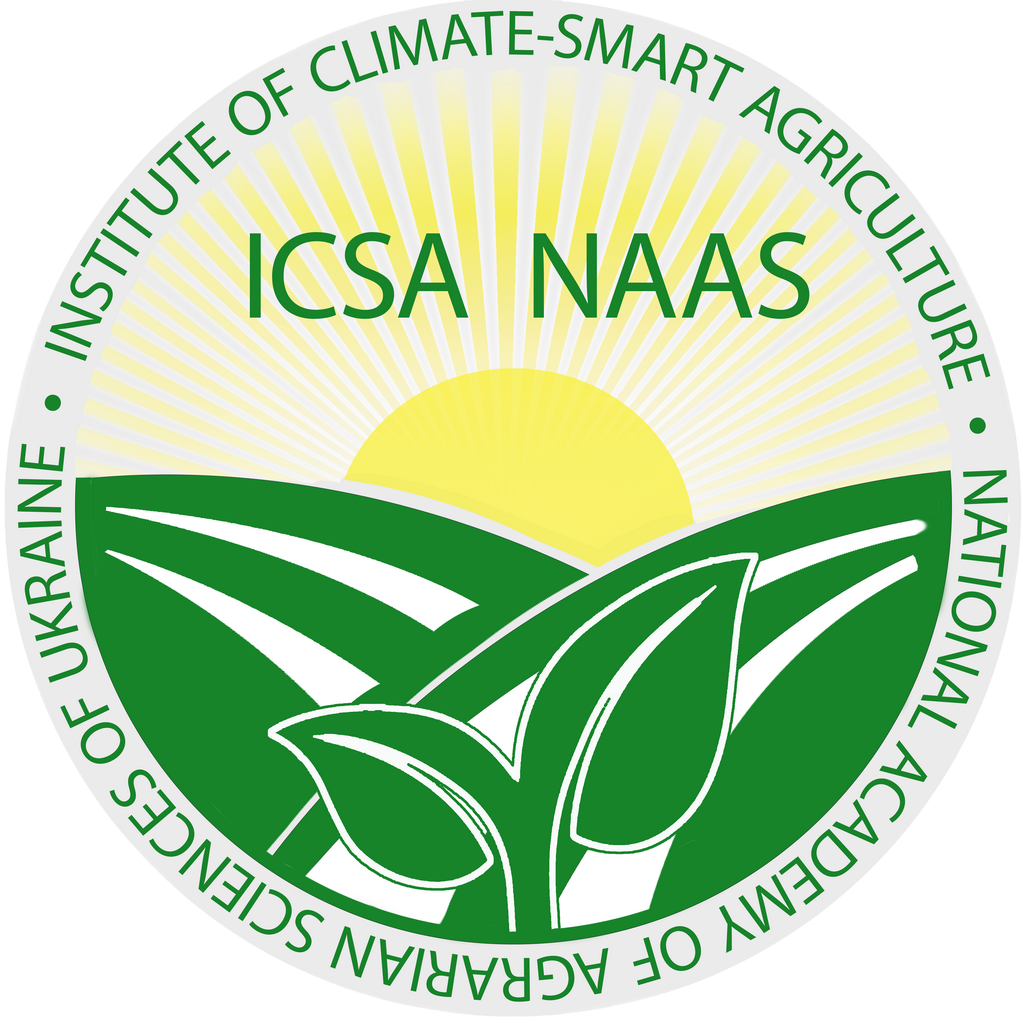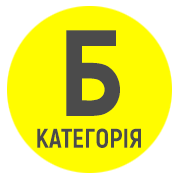Pea phytophages in the conditions of Odessa region
Abstract
Purpose. The purpose of the study is to establish the entomological complex of the pea field agrocoenosis in the conditions of the Steppe of Ukraine, to clarify the species composition and taxonomic structure of harmful insects of the pea field agrobiocenosis. To identify the most dangerous species, to obtain information about their biological features. Methods. The methodological basis of this study is: empirical (field experiments and observations; measurement of indicators of the object of study; comparison of the impact of elements of agricultural technologies), theoretical (proposing a hypothesis and forming conclusions based on research results; statistical; mathematical. Results. Significant crop losses are observed for plant damage by tuber weevils in II points and above, respectively from 35.4 to 78.3%. As a result of the research, it was found that two species of tuber weevils dominated in pea crops: striped (Sitona lineatus L.) and bristle (Sitona crinitus Hrbst.), which accounted for 56.05% of the total collection of insects from this family. Determination of the impact of plant damage by tuber weevil beetles on the elements of the crop structure showed that for damage to 75% of plant leaves (IV point), the stem length decreased compared to slightly damaged plants by 30%, the weight of the vegetative mass by 50%, the number of beans by 65.3%, the grain content of plants by 67.2%, and the grain yield by 78.3%. For damage in IV points in plants with a destroyed growth point, the main stem stopped growing, and lateral shoots began to develop from the points in the sheaths of the first and second lower leaves. Such injury negatively affected the structural elements. For damage in IV points, the number of seeds per plant was 6.1 on average, and for damage in I point, with the destruction of 5% of the leaf surface by sitons, there were 21.1 seeds. For damage by bulb weevils, the stem height decreases, in particular, for damage in I point it was 56.6 cm, for damage in II points – 44.2 cm, for III points – 42.1 cm, and for IV points – 40.1 cm. For damage to plants in IV points, the mass of seeds from one plant decreases and is only 0.7 g, while for damage in I point it is 5.8 times more – 4.1 g. No reduction in pea yield was observed due to damage by bulb weevils in grade I. Conclusions. It was established that in 2023–2024, in the conditions of VIP-AGRO LLC, Odessa region, Odessa district, the entomofauna of peas was represented by 37 species of phytophagous insects belonging to 6 orders. Pea plants were largely inhabited by bulb weevils, five-spotted weevils, pea aphids, thrips, acacia firefly, pea grain borer, which made up the main core of pests. The critical phases of pea plant development in relation to phytophagous insects are emergence and budding, it is during this period that monitoring should be intensified to prevent mass infestation of fields by insects. Significant crop losses are observed for plant damage by bulb weevils in II points and above, respectively from 35.4 to 78.3%.
References
2. Іщенко В. Вирощування гороху в зоні степу України. Агробізнес сьогодні. 2024. № 21–22. С. 37–39.
3. Федоренко В.П., Чайка В.М., Бакланова О.В. та ін. Потепління і фітосанітарний стан агроценозів України. Карантин і захист рослин. 2008. № 5. С. 2–5.
4. Мельничук М.Д., Григорюк І.П. Чайка В.М. Глобальні змани клімату загроза біоресурсам України. Біоресурси планети: соціальні, біологічні, продовольчі та енергетичні проблеми. Київ. 2008. С. 42–57.
5. Федоренко В.П., Покозій Й.Т., Круть М.В. Ентомологія. Київ: Фенікс, 2013. 344 с.
6. Шушківська Н.І. Шкідливість горохової попелиці. Агробіологія. 2011. Вип. 5(84). С. 9–11.
7. Шушківська Н.І. Ентомофауна агроценозу гороху посівного. Агробіологія. 2013. № 11(104). С. 142–145.
8. Просунько В. Наслідки глобального потепління клімату в землеробстві. Агроном. 2004. № 4. С. 67–69.
9. Федоренко В.П., Цуркан Р.П. Хімічний захист посівів гороху від горохової попелиці в умовах Північного Лісостепу України. Карантин і захист рослин. 2009. № 4. С. 5–7.
10. Кривенко А.І. Бульбочкові довгоносики на зерно-бобових культурах. Вісник Білоцерківського державного аграрного університету. 2004. № 30. С. 71–77.
11. Федоренко В.П., Литвин О.П. Довгоносики роду Sitona Germ. (особливості сезонної динаміки чисельності в агроценозах бобових культур) Карантин і захист рослин. 2006. № 4. С. 20–22.
12. Кривенко А.І. Особливості розвитку горохового зерноїда на посівах гороху в центральному Лісостепу України. Агробіологія. 2004. Вип. 5 (84). С. 24–26.
13. Кнечунас С.В. Вплив агротехнічних заходів на шкідливість горохової плодожерки та горохового зерноїда. Агроном. 2010. № 2. С. 92–93.
14. Шушківська Н.І. Шкідливість горохового зерноїда та акацієвої вогнівки. Агробіологія. 2013. № 10(100). С. 123–125.
15. Мостипан Т., Гайденко О. Як захистити посіви гороху від шкідників. Агрономія Сьогодні. 2021. https://agrobusiness.com.ua/agro/ahronomiia-sohodni/item/20935-yak-zakhystyty-posivy-horokhu-vid-shkidnykiv.html
16. Омелюта В.П., Григорович І.В., Чабан В.С. Облік шкідників і хвороб сільськогосподарських культур. Київ: Урожай, 1986. 294 с.
17. Орлов О. Весняна діагностика посівів гороху. Пропозиція. 2018. № 4. С. 74–80.
18. Літвінов Б.М., Євтушенко М.Д., Байдик Г.В., Сіроус Я.Л. Практикум із сільськогосподарської ентомології: навчальний посібник. Київ, 2009. 300 с.






